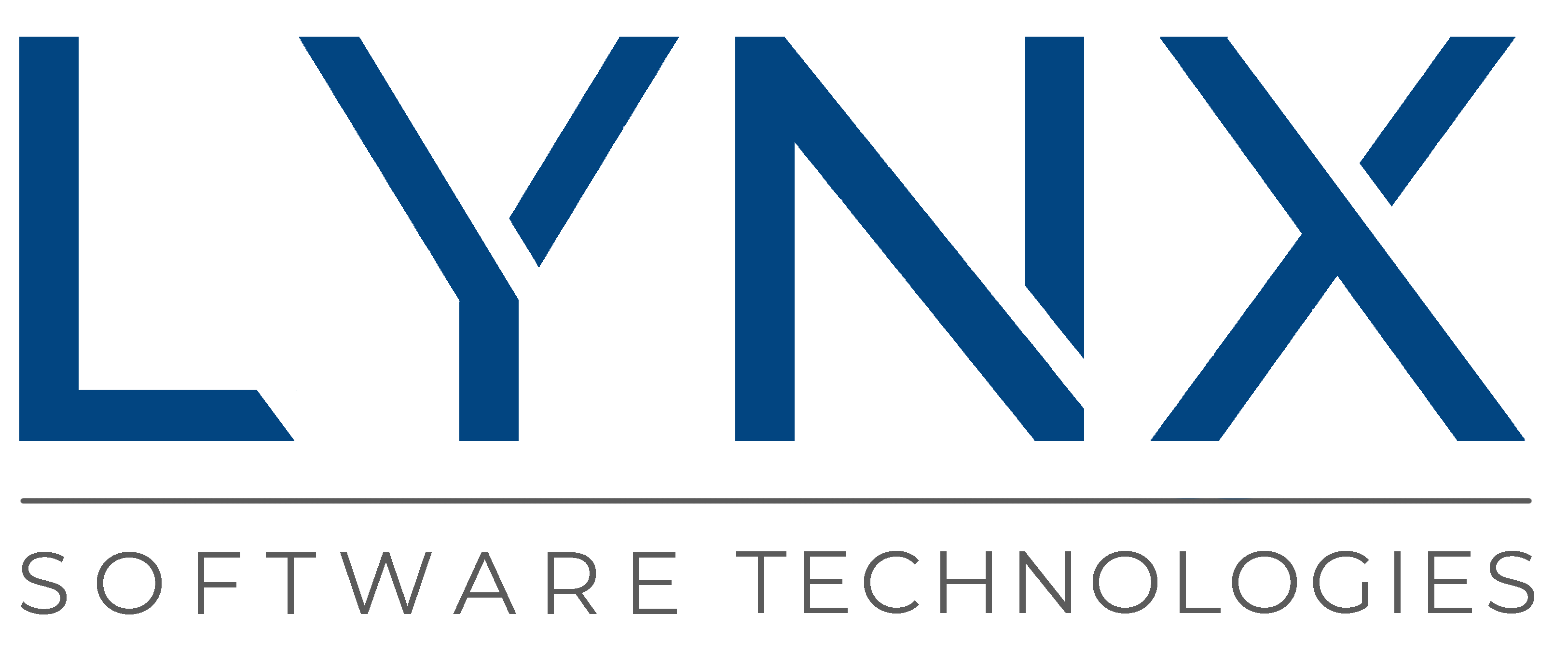As you may have seen, Lynx Software Technologies has been undergoing some changes of late. I am truly excited about the direction in which we are headed. We have a great balance of new-to-Lynx and ingrained-with-Lynx-DNA senior leaders on our team.
With the newcomers to our senior leadership team and our engagement into new markets and applications, I am often asked about who we are and where we come from… and of course where we are headed! I have shared this a lot internally and externally and thought it might make an interesting blog in this newly created area of our website.
Lynx’s DNA was centered on ensuring the operational safety of the platforms our customers created, certified and deployed. Lynx was the first to create a fully POSIX® compliant, hard real-time system, and also the first ever to get a Reusable Software Component (RSC) approval from the FAA for its ARINC 653 and POSIX-compliant RTOS. We continued to evolve and add to these technologies to create a comprehensive software framework which also includes a secure hypervisor.
Our technology is deployed and entrusted to:
- Transport valuable resources like SEALS in helicopters (see comment) into challenging environments
- Ensure that critical network infrastructure operates inside tight parameters all the time
- Make real-time decisions in manned and autonomous aircraft, with the most recent example being the modernization program for the joint strike fighter
We believe that connected platforms, also referred to as the Internet of Things, are fundamentally flawed because the underpinnings of these systems are not secure. This has led to data breaches with consequences such as IP being stolen, identity theft and operational disruptions causing loss of revenue. Fortune 50 companies’ brands are now at risk from these breaches, and the industry must change before this leads to potentially, even lives being lost.
Three big trends are creating a huge disruption that Lynx and its partners can harness to make non-linear gains in terms of value capture in markets such as automotive, industrial and aerospace
- Edge processing; Privacy, latency and network bandwidth is forcing decision making, previously made in the cloud, to be made nearer to where data is created. These platforms have to blend rich operating systems like Linux and Windows with deterministic, real-time behavior
- Autonomy; While fully self-driving vehicles are a long way from being a reality, an increased amount of autonomous functionality is appearing across the markets mentioned previously. These systems simply have to operate reliability and safely in environments that are populated with somewhat randomly-behaving humans
- Increased Platform longevity: To return a profit on these investments, platforms must be deployed for greater than ten years and this time span is growing. OEMs cannot be locked into a specific supplier. They must be immune from impact from governmental legislation, supply chain consolidation and emerging security threats and be capable of adopting new functionality
Lynx starts with safety. Our technology layers right on the hardware which is the perfect location in the software stack to:
- Monitor software behavior and pro-actively detect anomalies that compromise safety and security
- Securely partition hardware resources, provide fault isolation and recovery
- Securely harness standard technology components including containers, orchestration tools (e.g. Kubernetes) and AI frameworks (e.g. Tensorflow) to build flexible, distributed, real-time clusters while ensuring the functionality of the system isn’t compromised
I am heading to Nurnberg later this month to attend the Embedded World tradeshow. I am meeting customers, partners and analysts and greatly look forward to those interactions. If you would like to meet with me or members of the team, feel free to email me.



 Gurjot Singh | CEO
Gurjot Singh | CEO


